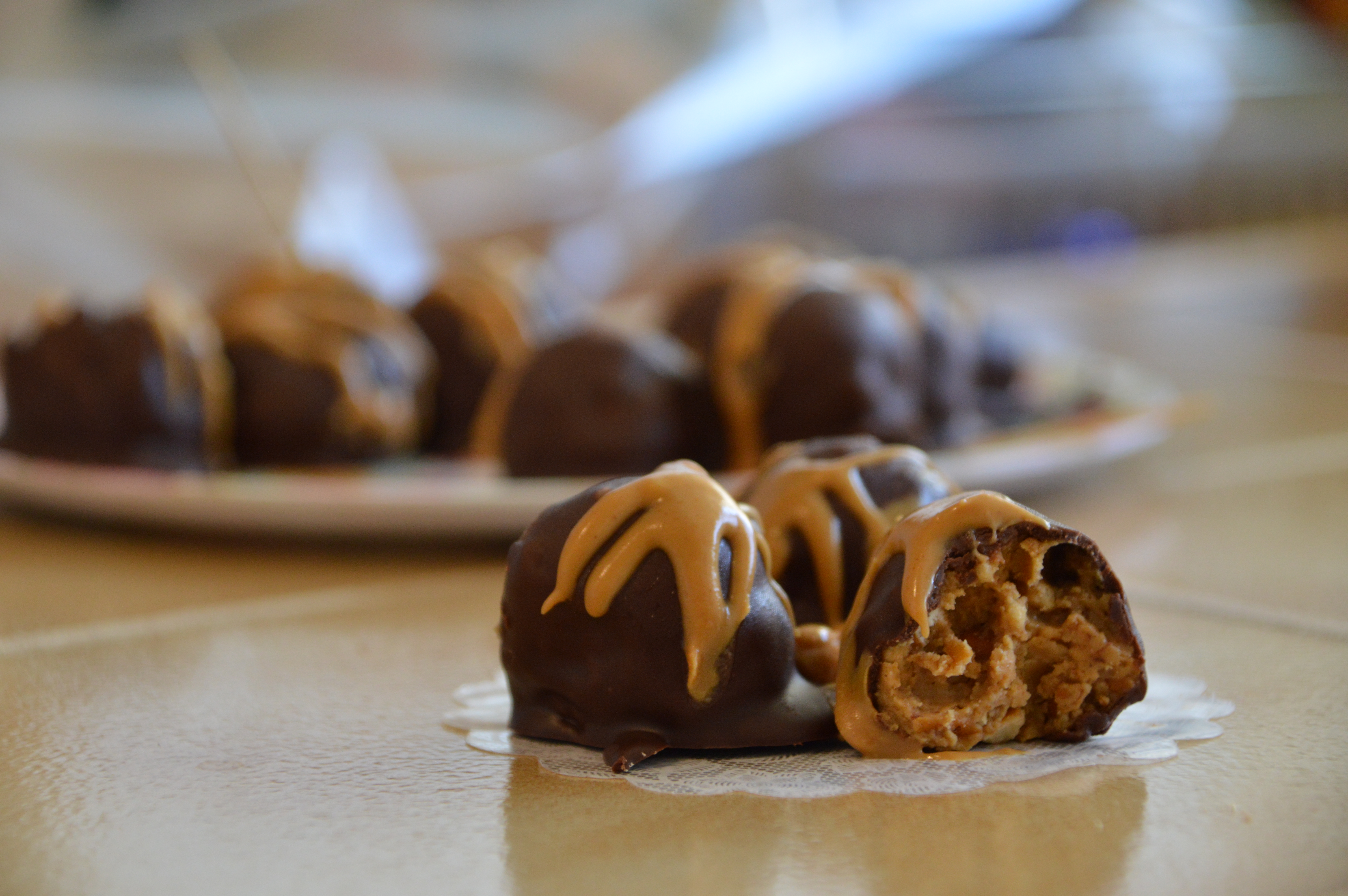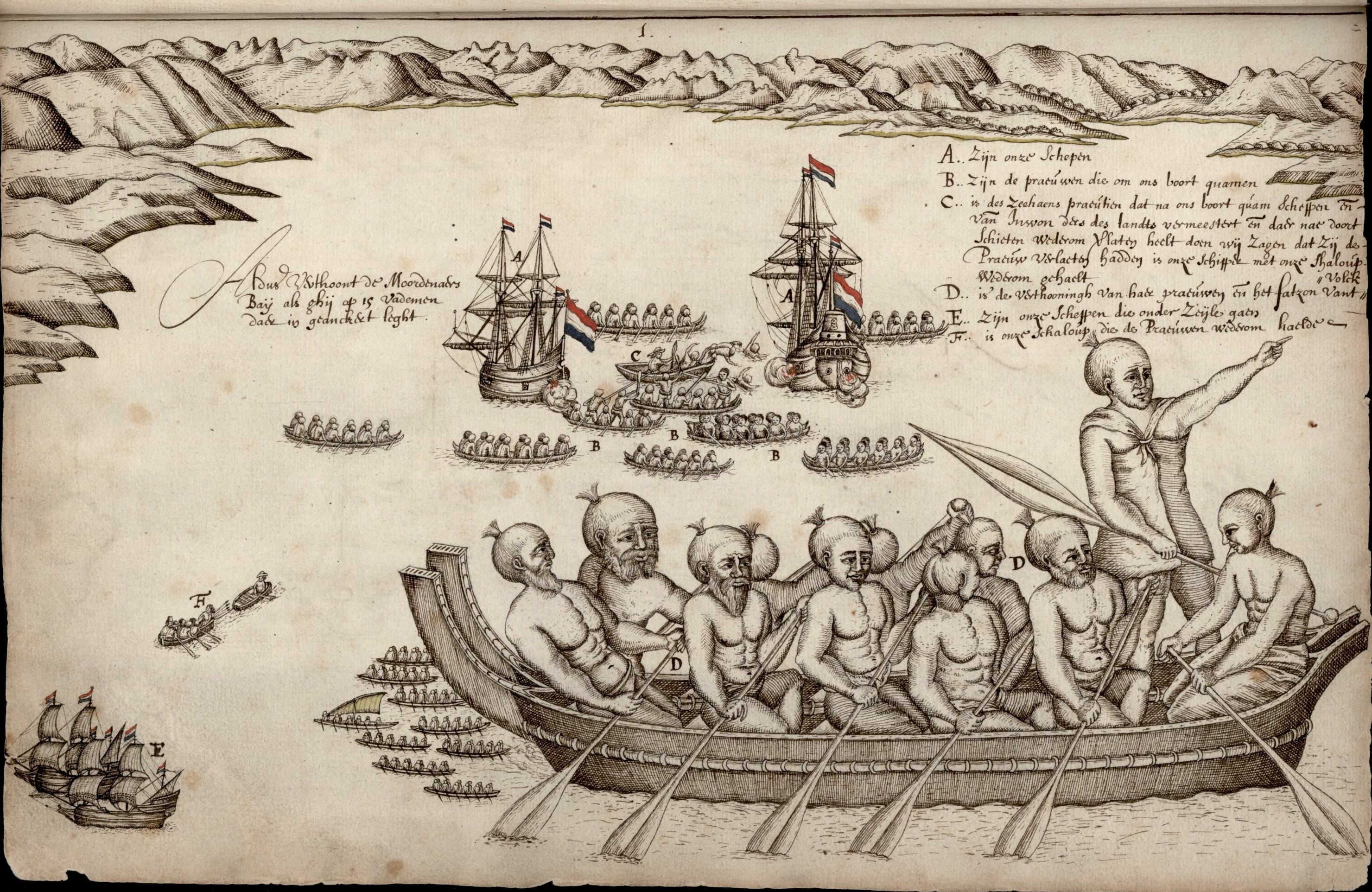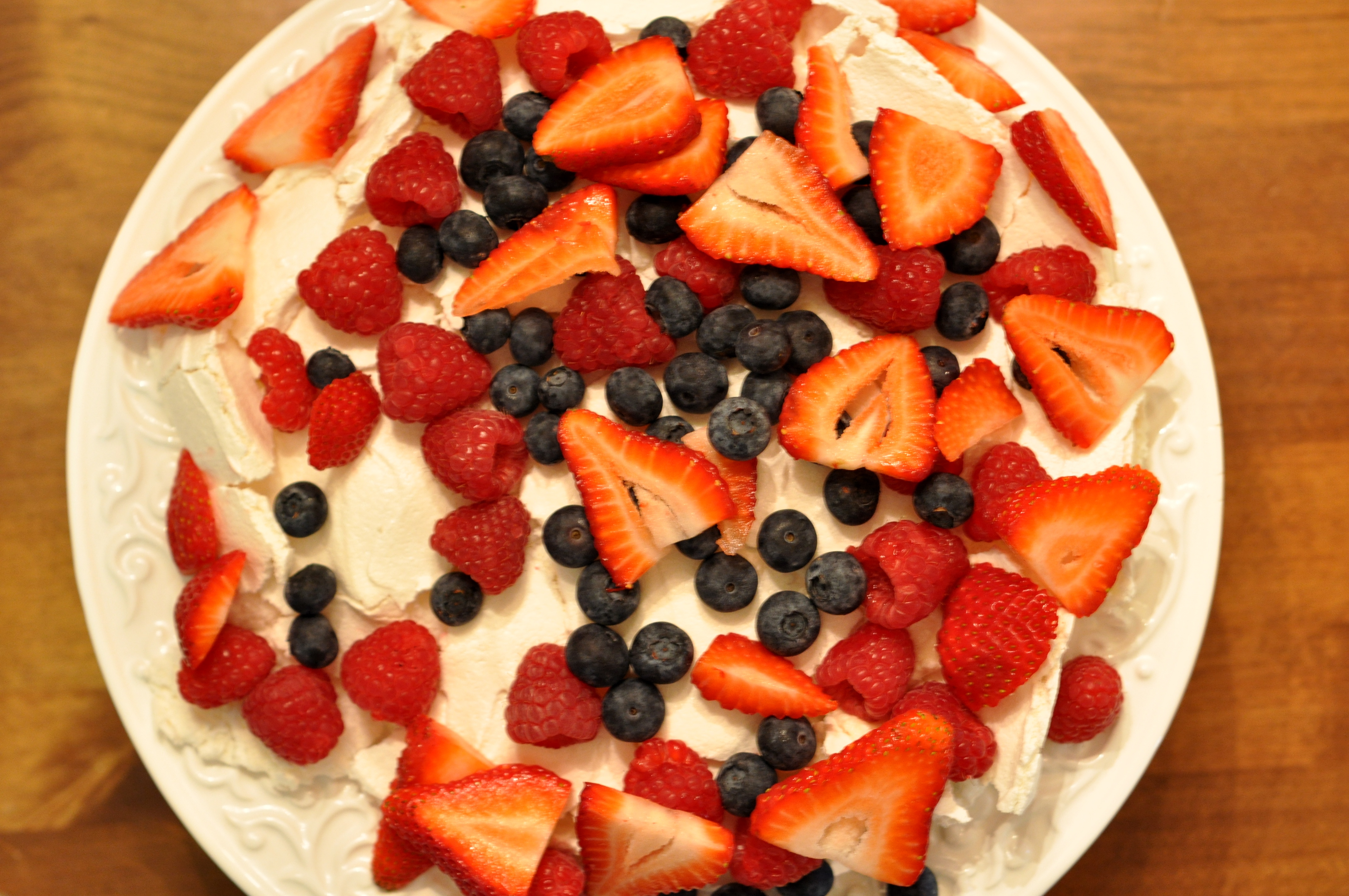|
Noke (worms)
Noke is a culinary term used by the Māori of New Zealand to refer to earthworms, some types of native worms (called ''noke whiti'' and ''noke kurekure'' in Māori) are historically local delicacies reserved for chiefs because of their sweet flavour which was said to "remain in the mouth for two days". Another notable kind of worm, the ''noke waiū'' (possibly '' Octochaetus multiporus'') was prized as eel fishing bait due to its large size and bioluminescence. ''Noke'' has more recently become a popular trend at certain New Zealand wild food festivals, where it is often served in modern fusion dishes such as worm sushi and chocolate truffles with crystallized worm. According to Māori mythology Māori mythology and Māori traditions are two major categories into which the remote oral history of New Zealand's Māori may be divided. Māori myths concern fantastic tales relating to the origins of what was the observable world for the p ..., the trickster Māui once transfo ... [...More Info...] [...Related Items...] OR: [Wikipedia] [Google] [Baidu] |
Māori People
The Māori (, ) are the indigenous Polynesian people of mainland New Zealand (). Māori originated with settlers from East Polynesia, who arrived in New Zealand in several waves of canoe voyages between roughly 1320 and 1350. Over several centuries in isolation, these settlers developed their own distinctive culture, whose language, mythology, crafts, and performing arts evolved independently from those of other eastern Polynesian cultures. Some early Māori moved to the Chatham Islands, where their descendants became New Zealand's other indigenous Polynesian ethnic group, the Moriori. Initial contact between Māori and Europeans, starting in the 18th century, ranged from beneficial trade to lethal violence; Māori actively adopted many technologies from the newcomers. With the signing of the Treaty of Waitangi in 1840, the two cultures coexisted for a generation. Rising tensions over disputed land sales led to conflict in the 1860s, and massive land confiscations, to ... [...More Info...] [...Related Items...] OR: [Wikipedia] [Google] [Baidu] |
New Zealand
New Zealand ( mi, Aotearoa ) is an island country in the southwestern Pacific Ocean. It consists of two main landmasses—the North Island () and the South Island ()—and over 700 List of islands of New Zealand, smaller islands. It is the List of island countries, sixth-largest island country by area, covering . New Zealand is about east of Australia across the Tasman Sea and south of the islands of New Caledonia, Fiji, and Tonga. The country's varied topography and sharp mountain peaks, including the Southern Alps, owe much to tectonic uplift and volcanic eruptions. New Zealand's Capital of New Zealand, capital city is Wellington, and its most populous city is Auckland. The islands of New Zealand were the last large habitable land to be settled by humans. Between about 1280 and 1350, Polynesians began to settle in the islands and then developed a distinctive Māori culture. In 1642, the Dutch explorer Abel Tasman became the first European to sight and record New Zealand. ... [...More Info...] [...Related Items...] OR: [Wikipedia] [Google] [Baidu] |
Earthworm
An earthworm is a terrestrial invertebrate that belongs to the phylum Annelida. They exhibit a tube-within-a-tube body plan; they are externally segmented with corresponding internal segmentation; and they usually have setae on all segments. They occur worldwide where soil, water, and temperature allow. Earthworms are commonly found in soil, eating a wide variety of organic matter. This organic matter includes plant matter, living protozoa, rotifers, nematodes, bacteria, fungi, and other microorganisms. An earthworm's digestive system runs the length of its body. An earthworm respires (breathes) through its skin. It has a double transport system made of coelomic fluid that moves within the fluid-filled coelom and a simple, closed circulatory system. It has a central and peripheral nervous system. Its central nervous system consists of two ganglia above the mouth, one on either side, connected to a nerve running along its length to motor neurons and sensory cells in e ... [...More Info...] [...Related Items...] OR: [Wikipedia] [Google] [Baidu] |
Māori Language
Māori (), or ('the Māori language'), also known as ('the language'), is an Eastern Polynesian language spoken by the Māori people, the indigenous population of mainland New Zealand. Closely related to Cook Islands Māori, Tuamotuan, and Tahitian, it gained recognition as one of New Zealand's official languages in 1987. The number of speakers of the language has declined sharply since 1945, but a Māori-language revitalisation effort has slowed the decline. The 2018 New Zealand census reported that about 186,000 people, or 4.0% of the New Zealand population, could hold a conversation in Māori about everyday things. , 55% of Māori adults reported some knowledge of the language; of these, 64% use Māori at home and around 50,000 people can speak the language "very well" or "well". The Māori language did not have an indigenous writing system. Missionaries arriving from about 1814, such as Thomas Kendall, learned to speak Māori, and introduced the Latin alphabet. ... [...More Info...] [...Related Items...] OR: [Wikipedia] [Google] [Baidu] |
Octochaetus Multiporus
''Octochaetus multiporus'', commonly known as the New Zealand earthworm, is a megascolecid worm endemic to New Zealand. It is mainly found in the south of Manawatu but may also be found along the east coast of the South Island. A bioluminescent worm, ''Octochaetus multiporus'' secretes a luminescent fluid from its mouth when disturbed or punctured. Taxonomy The New Zealand earthworm was first described by Frank Evers Beddard in 1885. It is the type-species and type-genus of Octochaetidae, a family of earthworms mainly confined to the Australasian region, with the long anticipated "missing-link" between octochaetids in New Zealand and India found recently with ''Octochaetus ambrosensis'' (Blakemore, 1997) and its allied taxa in Australia. Description ''Octochaetus multiporus'' is pale pink in colour, with a translucent body wall and a purple streak that runs along the top midline of the body. The clitellum (a glandular section on the wall of the body, which holds eggs) and le ... [...More Info...] [...Related Items...] OR: [Wikipedia] [Google] [Baidu] |
Bioluminescence
Bioluminescence is the production and emission of light by living organisms. It is a form of chemiluminescence. Bioluminescence occurs widely in marine vertebrates and invertebrates, as well as in some fungi, microorganisms including some bioluminescent bacteria, and terrestrial arthropods such as fireflies. In some animals, the light is bacteriogenic, produced by symbiotic bacteria such as those from the genus '' Vibrio''; in others, it is autogenic, produced by the animals themselves. In a general sense, the principal chemical reaction in bioluminescence involves a light-emitting molecule and an enzyme, generally called luciferin and luciferase, respectively. Because these are generic names, luciferins and luciferases are often distinguished by the species or group, e.g. firefly luciferin. In all characterized cases, the enzyme catalyzes the oxidation of the luciferin. In some species, the luciferase requires other cofactors, such as calcium or magnesium ions, and s ... [...More Info...] [...Related Items...] OR: [Wikipedia] [Google] [Baidu] |
Sushi
is a Japanese dish of prepared , usually with some sugar and salt, accompanied by a variety of , such as seafood, often raw, and vegetables. Styles of sushi and its presentation vary widely, but the one key ingredient is "sushi rice," also referred to as , or . The inventor of modern sushi is believed to be Hanaya Yohei, who invented nigiri-zushi, a type of sushi most known today, in which seafood is placed on hand-pressed vinegared rice, around 1824 in the Edo period (1603–1867). It was the fast food of the '' chōnin'' class in the Edo period. Sushi is traditionally made with medium-grain white rice, though it can be prepared with brown rice or short-grain rice. It is very often prepared with seafood, such as squid, eel, yellowtail, salmon, tuna or imitation crab meat. Many types of sushi are vegetarian. It is often served with , wasabi, and soy sauce. Daikon radish or are popular garnishes for the dish. Sushi is sometimes confused with sashimi, a similar ... [...More Info...] [...Related Items...] OR: [Wikipedia] [Google] [Baidu] |
Chocolate Truffles
A chocolate truffle is a type of chocolate confectionery, traditionally made with a chocolate ganache centre coated in chocolate, cocoa powder, coconut, or chopped and toasted nuts (typically hazelnuts or almonds), usually in a spherical, conical, or curved shape. Their name derives from their similar appearance to truffles, edible fungi of the genus ''Tuber''. Varieties Major types of chocolate truffle include: *The Swiss truffle, made by combining melted chocolate into a boiling mixture of dairy cream and butter, which is poured into molds to set before sprinkling with cocoa powder. Like the French truffles, these have a very short shelf life and must be consumed within a few days of making. *The French truffle, made with fresh cream and chocolate, and then rolled in cocoa or nut powder. *The Spanish truffle, prepared with dark chocolate, condensed milk, rum (or any preferred liqueur), and chocolate sprinkles. *The typical European truffle, made with syrup and a base of co ... [...More Info...] [...Related Items...] OR: [Wikipedia] [Google] [Baidu] |
Māori Mythology
Māori mythology and Māori traditions are two major categories into which the remote oral history of New Zealand's Māori may be divided. Māori myths concern fantastic tales relating to the origins of what was the observable world for the pre-European Māori, often involving gods and demigods. Māori tradition concerns more folkloric legends often involving historical or semi-historical forebears. Both categories merge in to explain the overall origin of the Māori and their connections to the world which they lived in. Māori had yet to invent a writing system before European contact, beginning in 1769, so they had no method to permanently record their histories, traditions, or mythologies. They relied on oral retellings memorised from generation to generation. The three forms of expression prominent in Māori and Polynesian oral literature are genealogical recital, poetry, and narrative prose. Experts in these subjects were broadly known as . The rituals, beliefs, and ... [...More Info...] [...Related Items...] OR: [Wikipedia] [Google] [Baidu] |
Māui (Māori Mythology)
In Māori mythology, as in other Polynesian traditions, Māui is a culture hero and a trickster, famous for his exploits and cleverness. He possessed superhuman strength, and was capable of shapeshifting into animals such as birds and worms. He was born premature and cast into the ocean by his mother, where the waves formed him into a living baby. He was discovered by his grandfather and later went to live with his siblings. One day he followed his mother to the underworld where he met his father, Makeatutara, who baptised Māui incorrectly. As a punishment from the gods for this mishap, Māui and all of humanity were doomed to die. Māui is credited with catching a giant fish using a fishhook taken from his grandmother's jaw-bone; the giant fish would become the North Island of New Zealand, known as . In some traditions, his canoe () became the South Island, known as . His last trick, which led to his death, involved the goddess Hine-nui-te-pō. While attempting to win im ... [...More Info...] [...Related Items...] OR: [Wikipedia] [Google] [Baidu] |
Hine-nui-te-pō
Hine-nui-te-pō ("Great woman of night") in Māori legends, is a goddess of night and she receives the spirits of humans when they die. She is the daughter of Tāne Mahuta / Tāne Tuturi and Hine-ahuone. It is believed among Māori that the colour red in the sky comes from her. Hine-nui-te-pō shepherds the wairua/souls into the first level of Rarohenga to ready them for the next stage of their journey. Background Hine-nui-te-pō, also known as the "Great Woman of Night" is a giant goddess of death and the underworld. Her father is Tāne, the god of forests and land mammals. Her mother is a human, Hine-ahu-one was made from earth. Hine-nui-te-pō is the second child of Tāne and Hine-ahu-one. Her birth name, Tikikapakapa, was changed shortly thereafter to Hine-au-tauria. Hine-au-tauria marries her father Tāne and bears his children. She realizes he is her father, becomes ashamed, and goes down to the underground world, known aPō("darkness"). There, she becomes Hine-nui-te- ... [...More Info...] [...Related Items...] OR: [Wikipedia] [Google] [Baidu] |
Māori Cuisine
New Zealand cuisine is largely driven by local ingredients and seasonal variations. An island nation with a primarily agricultural economy, New Zealand yields produce from land and sea. Similar to the cuisine of Australia, the cuisine of New Zealand is a diverse British-based cuisine, with Mediterranean and Pacific Rim influences as the country has become more cosmopolitan. Historical influences came from British cuisine and Māori culture. Since the 1970s, new cuisines such as New American cuisine, Southeast Asian, East Asian, and South Asian have become popular. The Māori term ''kai'' is sometimes used in New Zealand to refer to food, especially traditional Māori cuisine. Māori cuisine When Māori arrived in New Zealand from tropical Polynesia they brought a number of food plants, including kūmara, taro, purple yam, hue and tī-pore, most of which grew well only in the north of the North Island. Kūmara could be grown as far south as the northern South Island, and be ... [...More Info...] [...Related Items...] OR: [Wikipedia] [Google] [Baidu] |






